What is BESS?
BESS stands for Battery Energy Storage System. It is a type of energy storage system that uses batteries to store energy for later use.
BESS are rechargeable battery systems that can store electricity from the grid or renewable energy sources like solar and wind. The stored energy in the BESS batteries can then be used later to provide electricity when needed.
The batteries allow energy to be stored when production exceeds demand or when electricity prices are low. The stored energy can then be used during periods of high demand or when electricity prices are higher, reducing costs.
Paired with energy efficient equipment such as heat pumps, tankless water heaters, and energy saving furnaces, homeowners can work towards living sustainably and creating a greener world.
How Do BESS Work?
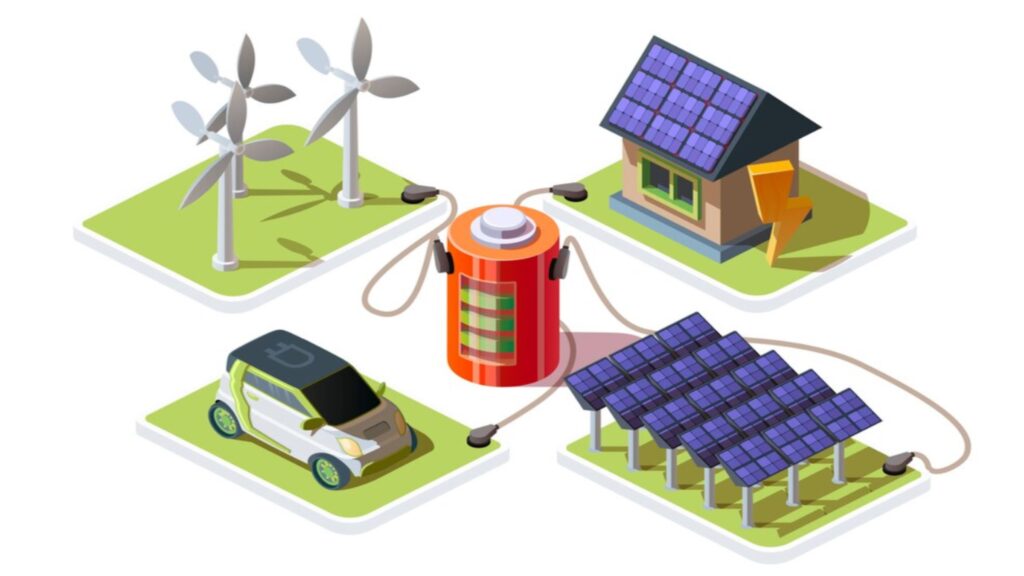
The key components of a BESS are the batteries and power control systems. The batteries are charged by renewable energy sources like solar or wind when there is excess generation. They can also be charged when electricity prices are low.
The energy gets stored chemically inside the batteries. When the stored electricity is needed, the batteries discharge it back into the grid or to an end-user. This typically happens when electricity demand is high, and prices are peaking.
The power control systems manage the charging and discharging of the batteries to optimize costs and maximize benefits to the grid. For example, they may charge the batteries in the middle of the night when demand is low and electricity prices are cheap. Then the batteries can discharge in the evening when electricity is in high demand and expensive. This cycle helps reduce peak demand costs.
Benefits of BESS

Battery energy storage systems (BESS) provide many benefits for the electrical grid and energy consumers. Some key benefits include:
Storing renewable energy – BESS can store excess energy generated from renewable sources like solar and wind power that would otherwise be wasted. This stored energy can then be used when renewable generation is lower, such as when the sun isn’t shining, or wind isn’t blowing.
Improving grid reliability – By charging when electricity demand is low and discharging when demand is high, BESS helps smooth out fluctuations in electricity supply and demand. This makes the grid more stable and reliable.
Reducing peak demand – Peak electricity usage often requires firing up extra fossil fuel power plants. BESS can reduce peak demand by discharging stored electricity during peak times instead.
Lowering costs – By shaving peak demand and enabling more renewable energy, BESS can reduce the need to run expensive peaker plants and lower electricity costs. The stored energy can also be sold to grid operators when prices are higher.
BESS Technology

Battery energy storage systems use various battery technologies to store and discharge electricity on demand. The most common type used in grid-scale systems today is lithium-ion, which provides high energy density and efficiency. These are similar to the lithium-ion batteries found in many consumer devices and electric vehicles.
Other battery chemistries are also sometimes utilized in BESS, including nickel manganese cobalt oxide and sodium sulfur batteries. Each has its own advantages and disadvantages in terms of energy density, lifespan, safety, cost, etc.
A key component of any BESS is the battery management system (BMS). The BMS monitors and controls the charging and discharging of the batteries to optimize performance, prevent damage, and ensure safe operation. It regulates voltage and current levels, manages temperature, and helps prevent issues like overcharging or deep discharging. The precise control provided by the BMS is essential for extracting maximum capability from the batteries over their lifespan.
Applications
Battery energy storage systems have a variety of applications that provide many benefits to the electrical grid and end users. Some key applications include:
Grid Energy Storage
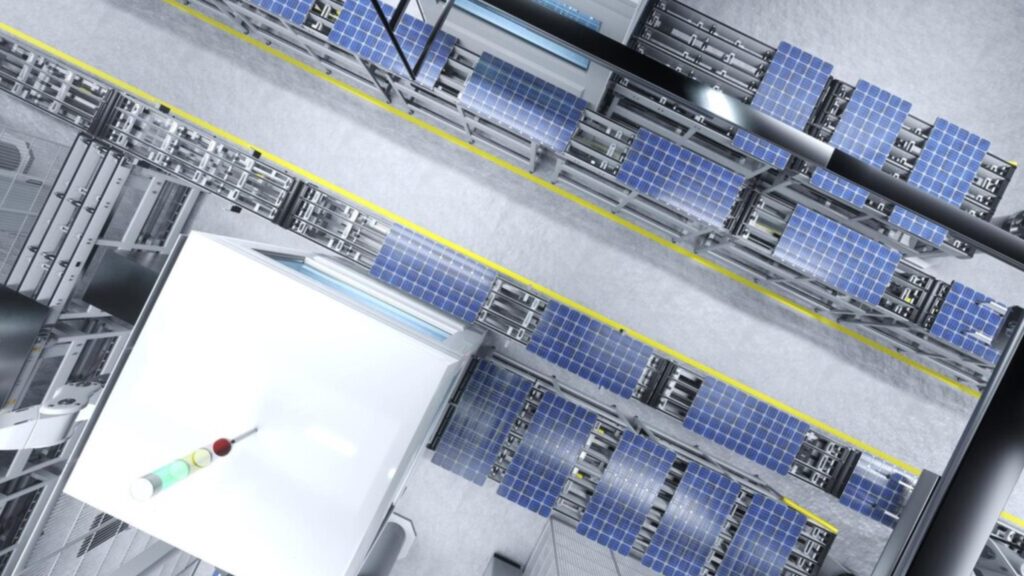
One of the primary uses for BESS is grid energy storage. They can store electricity when production exceeds demand and discharge when demand exceeds production. This helps stabilize the grid and integrate renewable energy like solar and wind. BESS provide grid services like frequency regulation, voltage support, and peak shaving.
Microgrids
BESS enable microgrid deployment by providing power to a localized grid when disconnected from the main utility grid. The stored energy allows the microgrid to operate independently to provide uninterrupted power.
Electric Vehicle Charging
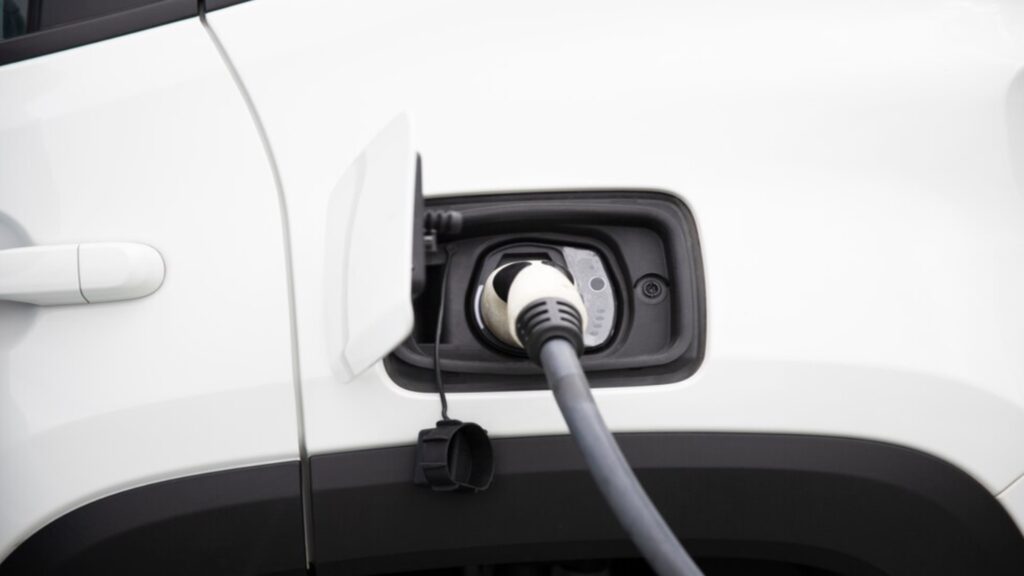
BESS can rapidly charge large numbers of electric vehicles without overloading the grid. The battery systems store electricity and discharge it to EV charging stations as needed. This allows faster charging speeds.
Backup Power
BESS can provide backup power to buildings and facilities when the grid goes down. They offer an alternative to diesel generators for resilient backup electricity. The stored energy can supply emergency power for hours or days.
BESS Costs

Battery energy storage systems were very expensive in the past, with capital costs ranging from $100-500 per kWh. However, costs have declined rapidly as the technology matures and manufacturing scales up. Today, capital costs for lithium-ion batteries used in BESS are under $200 per kWh and continuing to fall.
Operating costs for BESS are minimal, mostly limited to electricity costs for cooling systems and occasional maintenance. This makes them attractive economically compared to alternatives like gas peaker plants.
Many experts predict battery costs will fall below $100 per kWh in the next 5-10 years as R&D leads to improved battery chemistries and manufacturing processes. This will make BESS even more affordable and economically viable for grid applications. Lower costs will enable wider adoption of BESS for grid stabilization, renewable energy integration, and energy arbitrage.
Overall, the declining cost trajectory for BESS looks very positive. As costs fall due to technology maturation and economies of scale, BESS will become a major tool for cost-effectively modernizing power grids around the world.
Ultra-Low Overnight Pricing

In May 2023, The Ontario government launched a new Ultra-Low Overnight price plan as part of its plan to provide consumers with more ways to keep costs down, save money, and take control of their energy bills. The new ultra-low overnight rate, set by the Ontario Energy Board, is 2.8 cents per kilowatt-hour (kWh), which is 67% lower than the current off-peak rate, in exchange for a higher on-peak rate.
While the ultra-low overnight pricing is geared towards homeowners who use greater amounts of energy at night, it also creates a unique opportunity to make use of BESS to store energy at a heavily discounted price. Homeowners can use their battery energy storage system to store electricity at the 2.8 cent rate during the night and use that electricity to run their home during the on-peak hours during the day. This system allows Ontario homeowners to access the ultra-low overnight pricing all day long.
BESS Installations
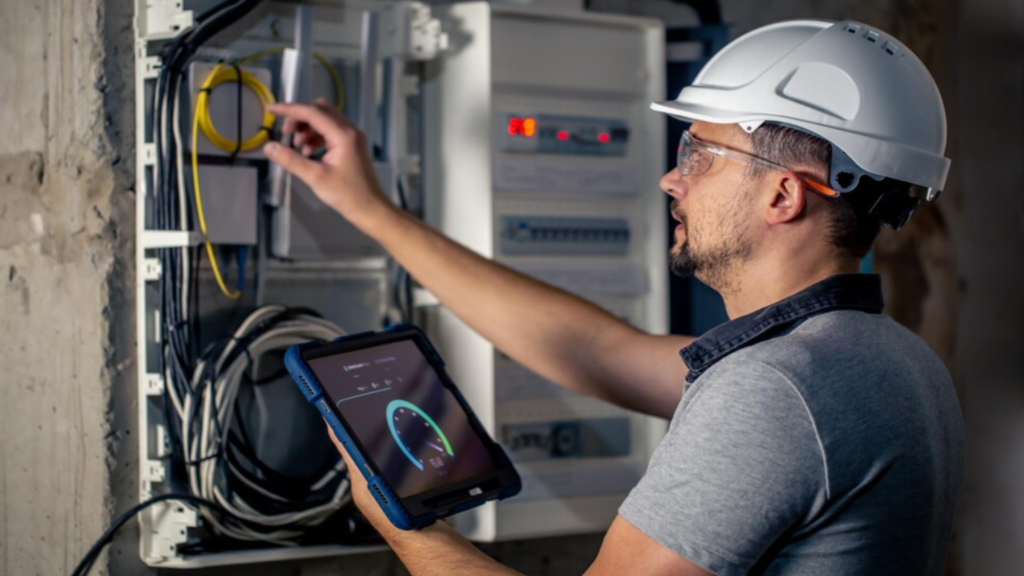
Utility-scale battery energy storage systems (BESS) are being deployed rapidly around the world to help stabilize electricity grids and integrate renewable energy. These large-scale BESS have capacities ranging from tens to hundreds of megawatts (MW).
Many utilities are installing BESS alongside solar farms and wind farms to store excess renewable energy during times of low demand. The stored energy can then be dispatched when needed, such as during peak evening hours when solar generation drops off but electricity demand remains high. This helps smooth out imbalances between supply and demand on the grid.
Behind-the-meter BESS are also becoming more popular. These smaller systems are installed by businesses, hospitals, data centers, and even homeowners with solar panels. They provide backup power and energy management benefits. The global market for behind-the-meter BESS is projected to grow substantially in the coming years.
According to one report, the U.S. deployed over 1.5 gigawatts (GW) of utility-scale BESS in 2022 alone. Other leading markets include Australia, South Korea, Japan, Germany, and the UK. The growth of renewable energy and the falling costs of lithium-ion batteries are driving rapid BESS adoption worldwide. Installations are expected to continue growing exponentially as grids transition toward carbon-free electricity.
BESS Developers
Some of the major companies developing BESS technology include:
Tesla – The electric vehicle maker Tesla has become a leader in large-scale BESS, like its Megapack system. Their massive battery installations in Australia have shown the potential of grid-scale batteries.
LG Chem – A major battery manufacturer, LG Chem provides lithium-ion batteries for home storage as well as large utility projects. They have partnered with many utilities to deploy community and grid batteries.
Canadian Solar– Canadian Solar is a leading global provider of solar energy solutions, and they have expanded their offerings to include battery energy storage systems for residential use.
Future of BESS
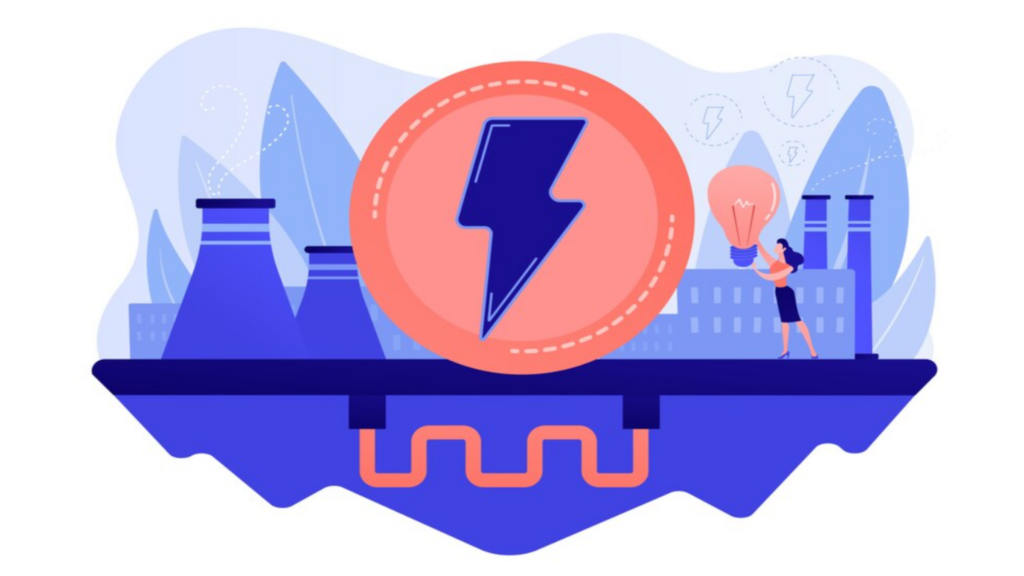
The future looks bright for battery energy storage systems (BESS). As the costs of lithium-ion batteries continue to decline, BESS are becoming more affordable and widespread. Major improvements in battery technology are also on the horizon, including solid-state batteries that promise higher energy density and faster charging times.
BESS deployments are expected to grow rapidly in the coming years alongside increasing renewable energy generation from wind and solar power. By storing excess renewable energy when it’s abundant and discharging it when needed, BESS enable higher grid penetration of renewables. Energy storage is the key to transitioning to a grid powered predominantly by clean energy.
In addition, BESS will play a crucial role in modernizing and stabilizing the electric grid. By providing services like frequency regulation and voltage support, BESS allow the grid to incorporate more intermittent renewable resources smoothly and reliably. Grid-scale batteries can also defer costly upgrades to transmission and distribution infrastructure in some cases.
Conclusion
Battery energy storage systems (BESS) are an important technology enabling the growth of renewable energy and grid stability. As we have seen, BESS store energy from renewable sources or when electricity demand is low and discharges it when needed. This allows renewable sources like solar and wind to be used even when the sun isn’t shining or wind isn’t blowing.
If you would like to learn more about BESS and explore energy storage options for your home, contact one of our expert energy advisors and they will be happy to answer any questions you might have.

What is the Canada Carbon Rebate?
Learn about the Canada Carbon Rebate: eligibility, workings, and environmental benefits in this clear, informative post.

How to Save on Your Toronto Utility Bill
Save on your Toronto utility bill with tips to cut electricity, water, and gas use. Simple changes and upgrades can lower costs.

Home Care Essentials- Energy Saving Tips for 2024
Save energy in 2024: Switch to LEDs, wash in cold water, unplug devices. Cut costs with expert home care tips.

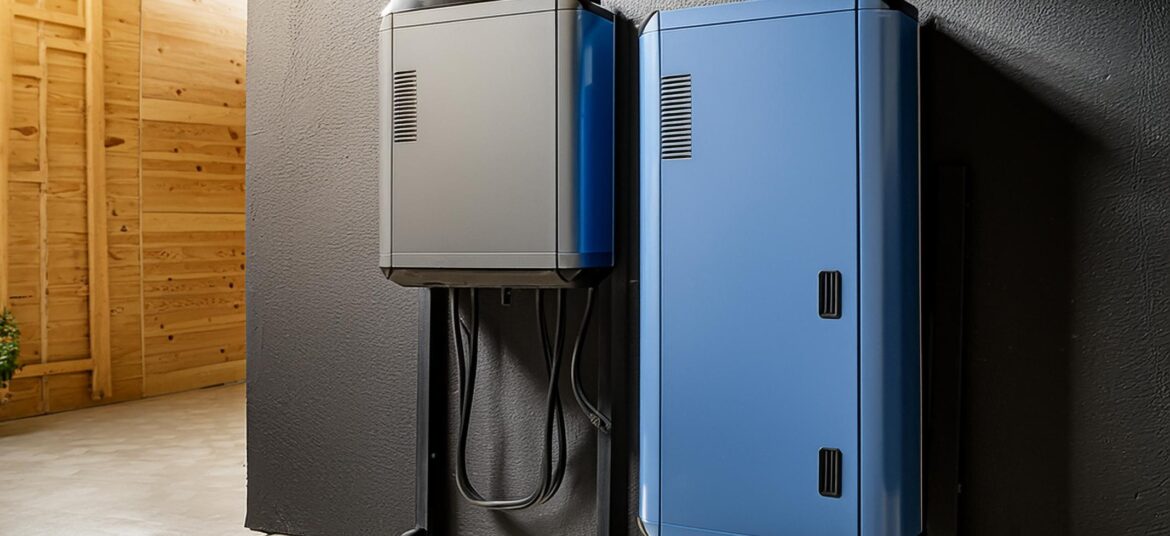
No Comments